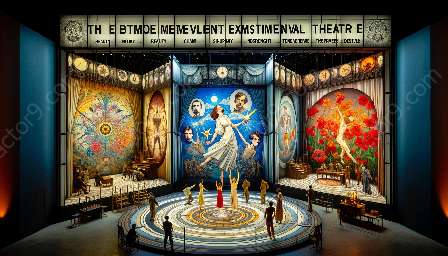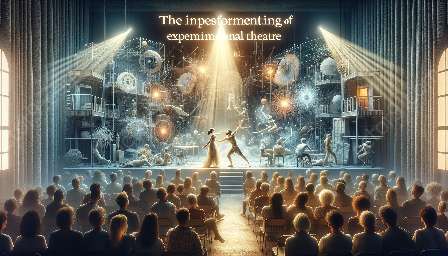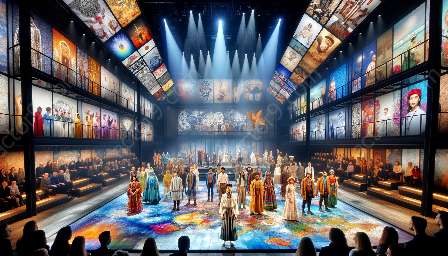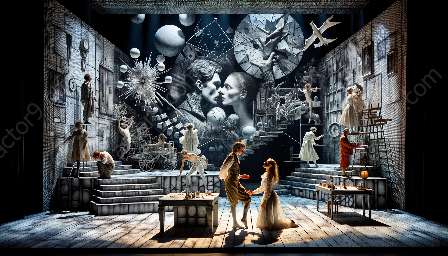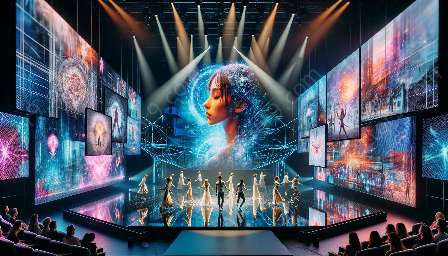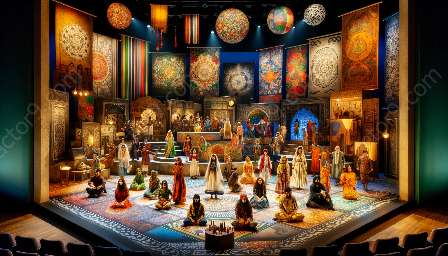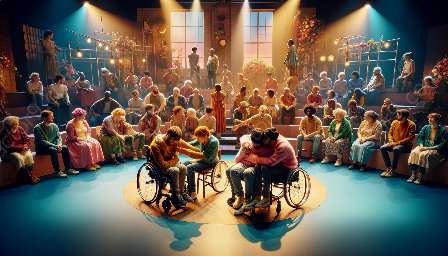Diving into the world of experimental theatre, we can observe how cultural differences significantly impact the reception and engagement of audiences across different regions. Understanding the implications of these differences on the nature of experimental theatre is crucial for artists and producers aiming to reach diverse audiences.
Experimental Theatre: A Brief Overview
Experimental theatre is a form of performance that pushes the boundaries of traditional storytelling and presentation. It often explores unconventional themes, employs unique staging techniques, and challenges the preconceptions of theatre. This genre of theatre is built on innovation and exploration, making it particularly open to the influence of cultural variations.
The Influence of Cultural Differences
Cultural differences play a pivotal role in shaping the way experimental theatre is received across diverse regions. These differences encompass a wide range of factors including language, traditions, social norms, and historical contexts. Understanding how these differences affect audience reception requires an exploration of various aspects:
- Language and Communication: The use of language in experimental theatre can be a barrier for audiences from different cultural backgrounds. Dialogue, poetry, or text-based elements may not resonate in the same way across different linguistic groups.
- Themes and Cultural Sensitivity: Experimental theatre often tackles complex and thought-provoking themes. However, cultural variations can significantly influence the reception of these themes. What resonates with one audience may be misunderstood or even controversial in another cultural context.
- Staging and Visual Presentation: Visual elements and staging techniques in experimental theatre can be deeply rooted in cultural symbolism and aesthetic preferences. What may be captivating for one audience might not hold the same appeal for another due to differences in visual language.
- Historical and Societal Context: The historical and societal context of each region shapes the collective consciousness and worldview of its audience. Experimental theatre that challenges societal norms may face different levels of acceptance or resistance based on these contextual variations.
Impact on Audience Reception and Engagement
The influence of cultural differences on audience reception goes beyond mere understanding; it extends to the actual engagement of the audience with the performance. The following points illustrate the impact of cultural differences on audience engagement in experimental theatre:
- Interpretation and Understanding: Audience members from diverse cultures may interpret and understand the performance through their unique cultural lenses. This can lead to varied emotional responses and perceptions of the intended messages within the production.
- Emotional Connection: The emotional resonance of experimental theatre is deeply tied to cultural experiences and beliefs. Cultural differences contribute to diverse emotional connections, or lack thereof, between the audience and the performance.
- Participation and Interaction: Audience participation and interaction with experimental theatre are influenced by cultural norms surrounding spectatorship and performance. Different regions may have varying expectations of audience involvement, impacting the overall engagement with the production.
Understanding and Navigating Cultural Differences
For artists and producers in the realm of experimental theatre, navigating cultural differences is essential for reaching diverse audiences and maximizing the impact of their work. This involves:
- Cultural Research and Sensitivity: In-depth research into the cultural background of the target audience is crucial for understanding their preferences and sensitivities. This includes language nuances, historical context, and societal norms.
- Adaptation and Collaboration: Collaboration with artists and cultural experts from the regions where the performance will be staged can provide valuable insights for adapting the production to resonate with diverse audiences.
- Education and Outreach: Educational initiatives and outreach programs tailored to specific cultural audiences can facilitate a deeper engagement with experimental theatre. Providing context and insight into the themes and techniques used can bridge cultural gaps and enhance reception.
Conclusion
The impact of cultural differences on audience reception and engagement in experimental theatre is profound and multifaceted. By acknowledging and addressing these differences, artists and producers can create meaningful and resonant experiences for audiences across diverse regions, enriching the world of experimental theatre while fostering cultural understanding.



